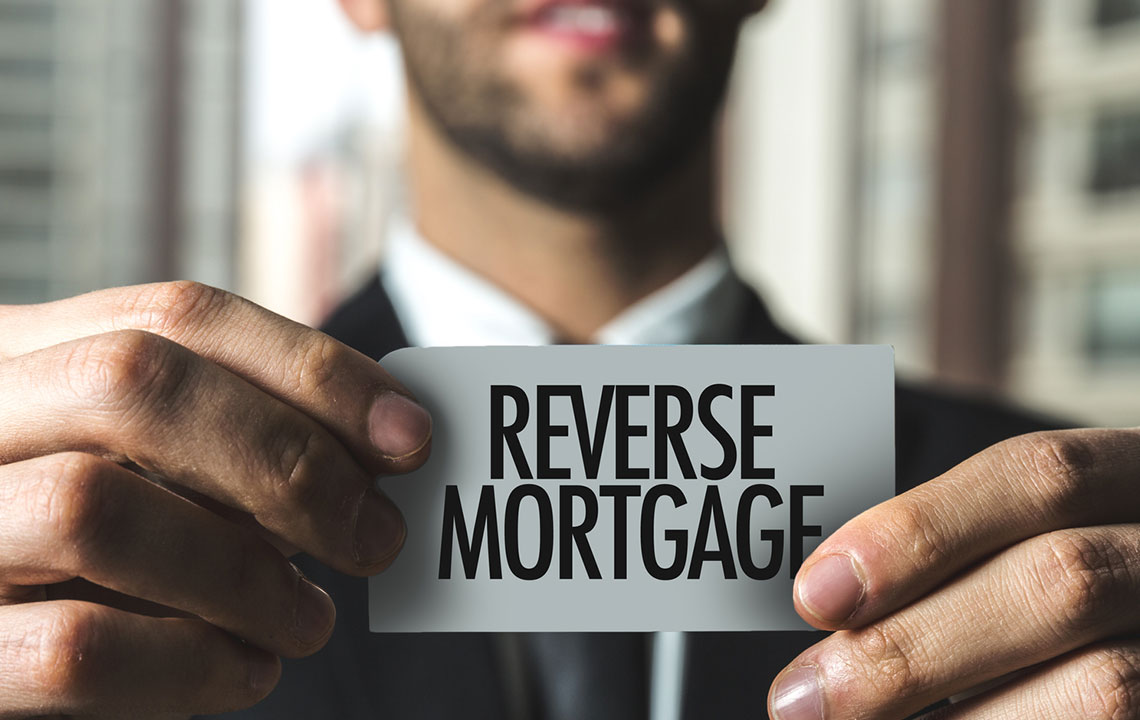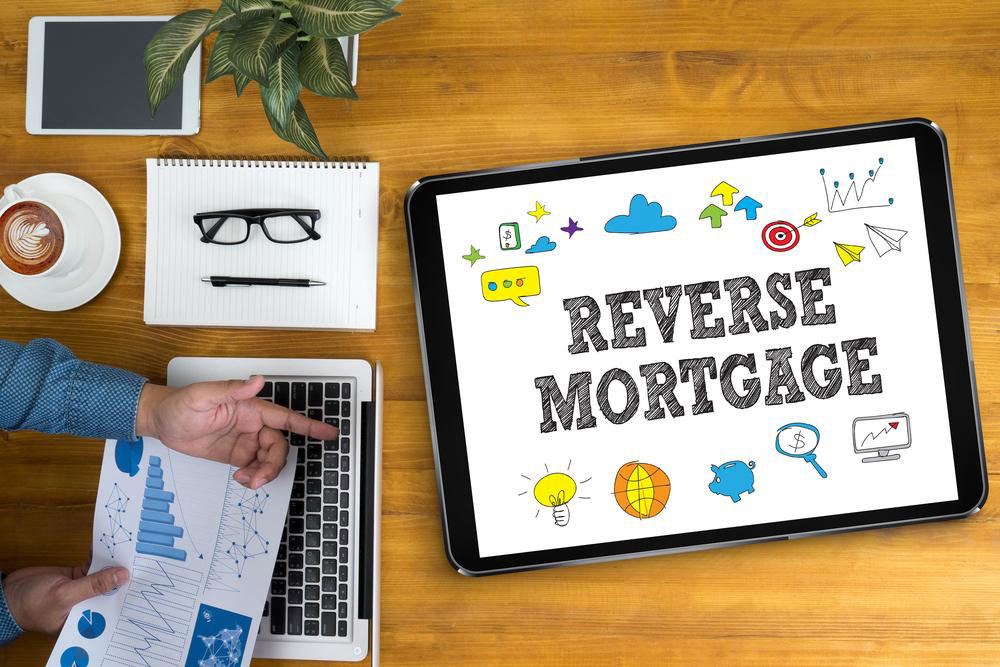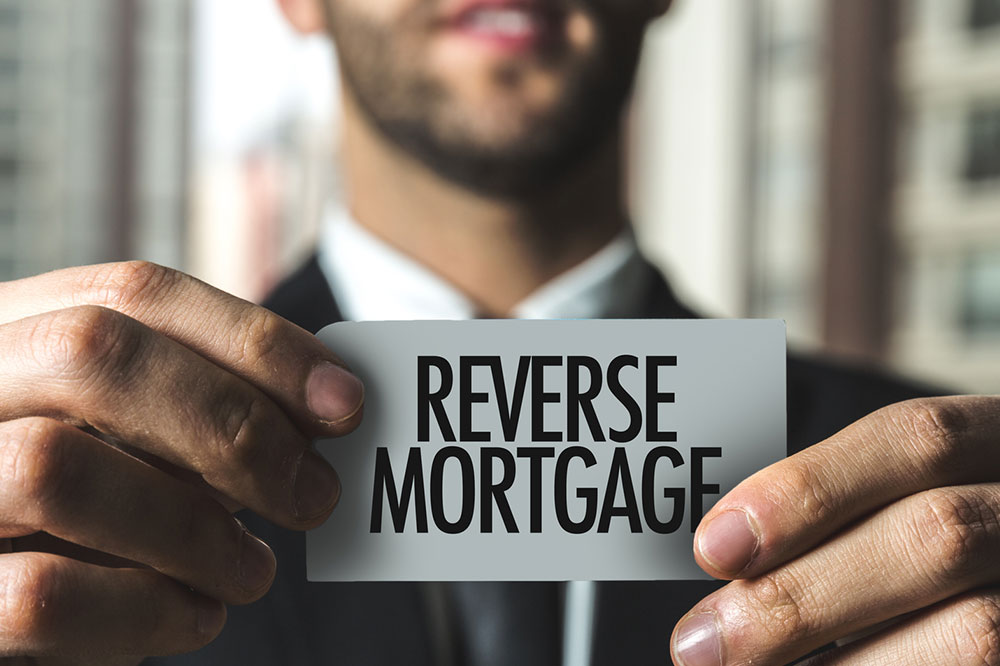A Comprehensive Guide to Reverse Mortgages for Seniors: Unlocking Home Equity Flexibly
Discover the comprehensive guide to reverse mortgages for seniors. Learn how these loans convert home equity into cash, explore various disbursement options, understand potential risks, and determine if a reverse mortgage aligns with your financial goals. This article offers in-depth insights for seniors seeking financial flexibility during retirement, with practical advice on eligibility, documentation, and decision-making. Equip yourself with the knowledge to make informed choices about leveraging your home’s value safely and effectively for a more secure retirement.

Understanding Reverse Mortgages: A Complete Guide for Seniors to Maximize Their Home Equity
What is a reverse mortgage and how does it work?
Reverse mortgages have become an increasingly popular financial tool for senior homeowners seeking to access the equity stored in their homes without the obligation of monthly repayments. Specifically designed for individuals aged 62 and above, this type of loan allows homeowners to convert a portion of their home’s value into cash to support various financial needs. Unlike traditional mortgages where the borrower makes monthly payments to the lender, reverse mortgages invert this process, with the lender providing funds directly to the homeowner. This arrangement offers a flexible financial resource for seniors who wish to supplement their retirement income or cover significant expenses such as healthcare, home repairs, or daily living costs.
Eligibility for reverse mortgages depends on several factors, including the homeowner’s age, property value, interest rates, and outstanding mortgage balance. The amount of funds accessible through a reverse mortgage is calculated based on these variables, with older seniors typically qualifying for larger amounts due to increased life expectancy. Borrowers are advised to set aside portions of the proceeds to cover ongoing property taxes, homeowners insurance, and maintenance costs, as these are mandatory obligations even when a reverse mortgage is in place. Importantly, repayment of the loan is only due when the homeowner sells the property, moves out permanently, or passes away, providing flexibility and peace of mind during retirement years.
How Reverse Mortgages Function for Seniors
A reverse mortgage is a loan secured by your home, which functions as collateral, giving you access to your home’s equity.
Unlike standard mortgage loans, reverse mortgages do not require monthly repayments.
The maximum loan amount is influenced by the borrower’s age, current interest rates, and the value of the home.
Interest on the loan accrues over time, increasing the total owed amount.
Borrowers retain ownership of their home, with the loan only becoming due when the property is sold or the borrower moves out permanently.
Available Disbursement Options for Reverse Mortgage Funds
Senior homeowners have several choices when it comes to receiving funds from their reverse mortgage:
Line of Credit: Allows the borrower to draw funds as needed up to an approved limit, providing flexibility for future expenses.
Modified Tenure Plan: Combines a fixed monthly payout with a line of credit, suited for those who want regular income alongside available cash.
Modified Term Plan: Provides scheduled monthly payments over a set period, ideally suited for specific financial goals.
Tenure Plan: Monthly payments for as long as the borrower remains in the home, offering stable income during retirement.
Lump Sum: A one-time payment at closing, appropriate for large, initial expenses or investment purposes.
Risks and Considerations of Reverse Mortgages
Using home equity reduces the estate’s inheritance, affecting heirs’ future financial plans.
The total loan balance will grow as interest accrues, potentially diminishing the home’s equity over time.
While Social Security and Medicare benefits typically remain unaffected, certain income-based assistance programs, such as Medicaid, could be impacted by the additional funds received.
It is crucial for homeowners to have thorough discussions with family members before proceeding, ensuring everyone understands the implications.
Documentation Needed for Reverse Mortgage Applications
Valid driver’s license or state-issued ID
Social Security number card
Proof of homeowners insurance and mortgage statements
Power of attorney documents, if applicable
Trust documentation, if the property is held in a trust
Legal documents related to conservatorship or court-appointed guardianship, if relevant
Bankruptcy discharge papers, if applicable
Is a Reverse Mortgage the Right Choice for You?
If you plan to stay in your home long-term and want to access your home equity to generate income or establish a line of credit, a reverse mortgage can be a valuable financial resource.
However, if your short-term financial needs are limited or you wish to leave an inheritance, alternative options might be more appropriate.
"




